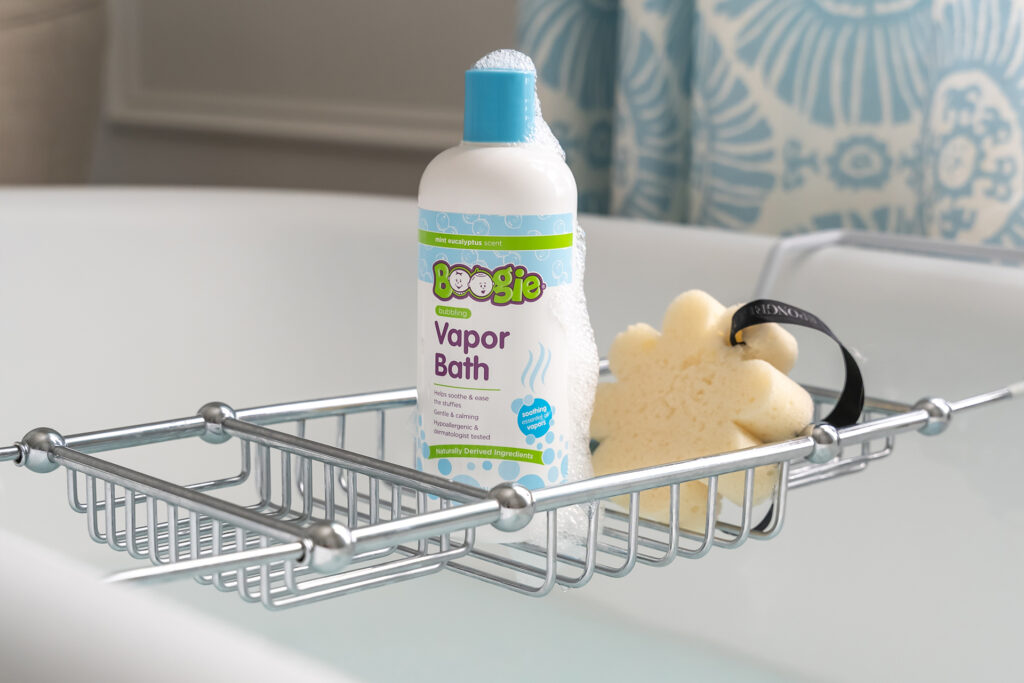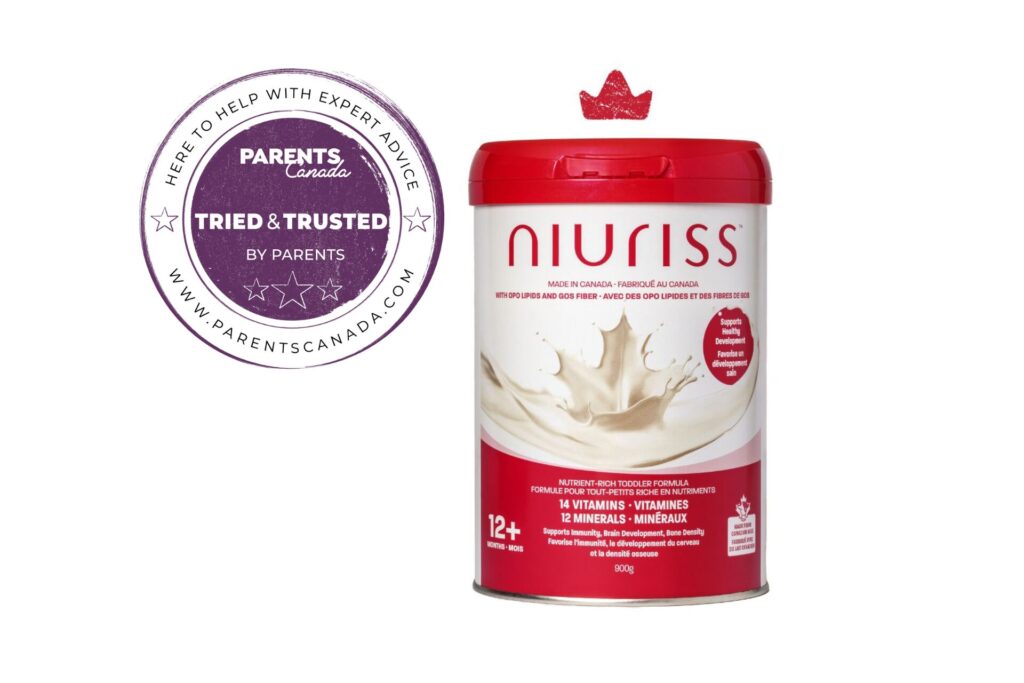Regularly, check your children’s feet for problems. Look for blisters, cuts, ingrown toenails and warts. Ask your kids if they have any pain in their heels or ever have difficulty walking or running. Start now to protect your children’s feet and it will pay off all of their lives.
PLANTAR WARTS
Pools, gym floors and locker rooms are crawling with bacteria. Tiny cuts on your child’s bare feet can let bacteria get into the blood stream and cause warts. “Fifty percent of children experience these painful plantar warts at some point in their life,” says New York City podiatrist Dr. Oliver Zong.
“They are painful, feel spongy, often have dark spots or blood clots in the middle and are extremely difficult to get rid of. Kids are more prone to catch warts than adults as their immune systems are not as prepared to deal with Human Papilloma Virus (HPV), that causes them. Pressure from standing and walking often cause plantar warts to grow into deep layers of the skin.Over-the-counter foot wart treatments are usually ineffective because their use can inadvertently destroy surrounding healthy tissue. Treatment usually includes medication and laser cautery.
ATHLETE’S FOOT
Athlete’s foot (Tinea Pedis) is a fungal infection of the skin and is most commonly seen between the toes. Fungus grows in dark, warm, moist areas of the skin and often inside shoes. Chiropodist Dr. James Fitzpatrick of Toronto Foot Care says, “Symptoms usually are pain, itching, redness, cracking blisters and scaling. There are medications to treat these conditions so affected children need to be seen by a chiropodist or family doctor. Be aware that this infection is contagious.
INGROWN TOENAILS
An ingrown toenail occurs when a piece of the nail becomes embedded into the skin around it. The skin around the nail becomes inflamed and can become infected. The toe is usually sore when walking and wearing shoes.
Children are particularly susceptible to this condition. There are many causes including incorrect cutting or peeling of nails, too tight or too small footwear and poor foot mechanics. Children in sporting activities are more prone to becoming infected.
Hot, sweaty feet and sharp nails, along with running and kicking, create the right conditions for ingrown nails. Unfortunately children often say nothing until it has become infected and painful.











